Model Course
「蓮」と「歴史」を楽しむ旅 ~奈良・西の京 ロータスロード
<見頃:6月中旬~8月中旬> お花が見頃を迎える初夏から夏にかけては、奈良市内にある蓮で有名な4つのお寺を巡る「奈良・西ノ京ロータスロード」が実施されます。夏はちょっぴり早起きして、美しい朝の景色に出会いにお出かけしてみませんか。
| Areas |
saidaiji |
|---|
Model Course
Nara City Tourist Information Center
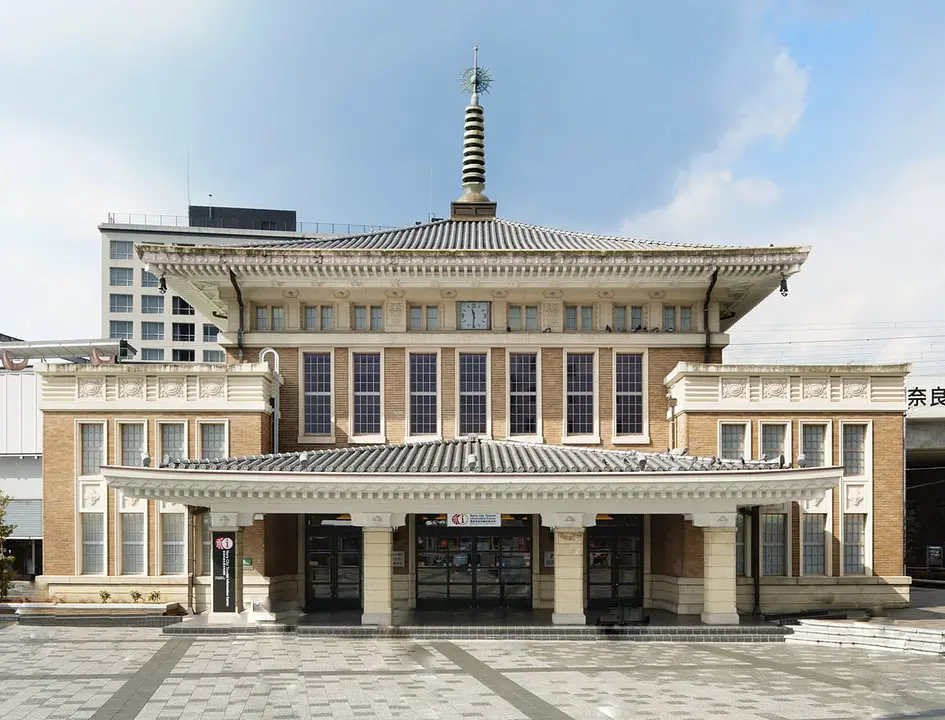
Nara City Tourist Information Center
The former station building of JR Nara Station opened on July 25, 2009 as the Nara City General Tourist Information Center. There is also tourist information in foreign languages and a tourist information search corner connected to the internet.
Saidai-ji Temple
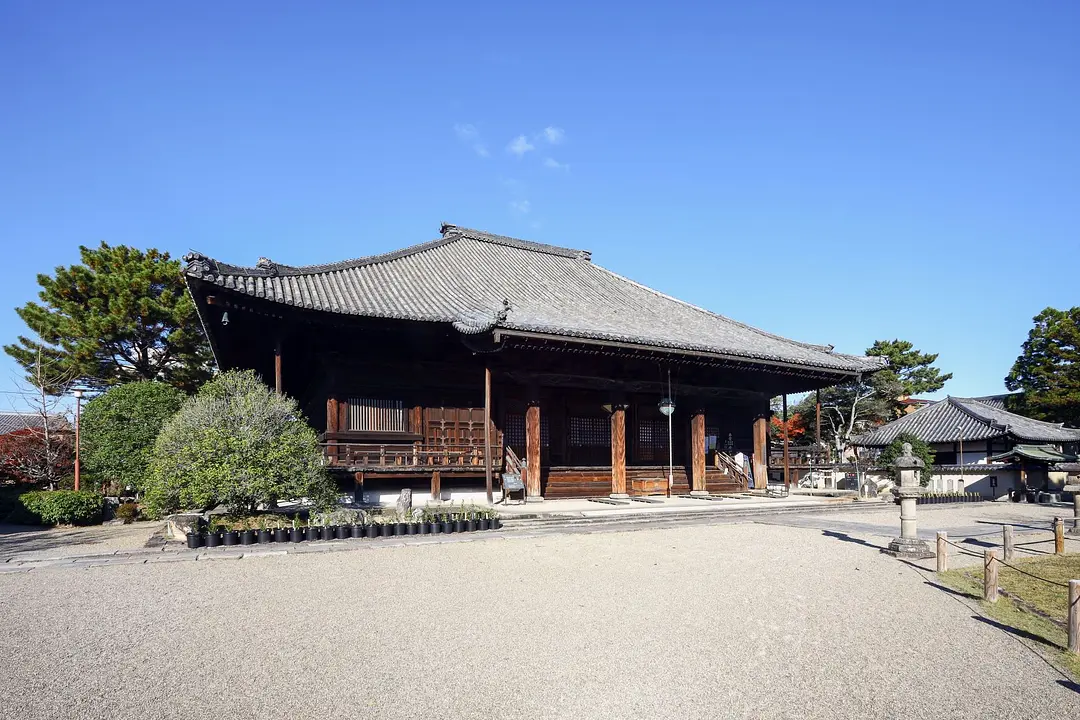
Saidai-ji Temple
Saidai-ji was founded in 765, the first year of the Tempyo Era, by Empress Shotoku. When it was originally constructed, the temple grounds were prosperous, and filled with a great many buildings, but most of these original buildings were destroyed in a fire in 846. During the Kamakura Period (1185-1333), reconstruction was undertaken by Eison, the founder of the Shingon Risshu sect of Buddhism. Despite this, the buildings were lost to fire once again during the Warring States Period (1467-1603). The buildings currently standing within the temple complex (the main hall, Aizen-do Hall, and Shio-do Hall, all Important Cultural Properties) were built during the mid-Edo Period (1603-1868). To this day, the "Great Tea Ceremony," which was begun by Eison centuries ago, remains a popular event at the temple.
Kikou-ji Temple
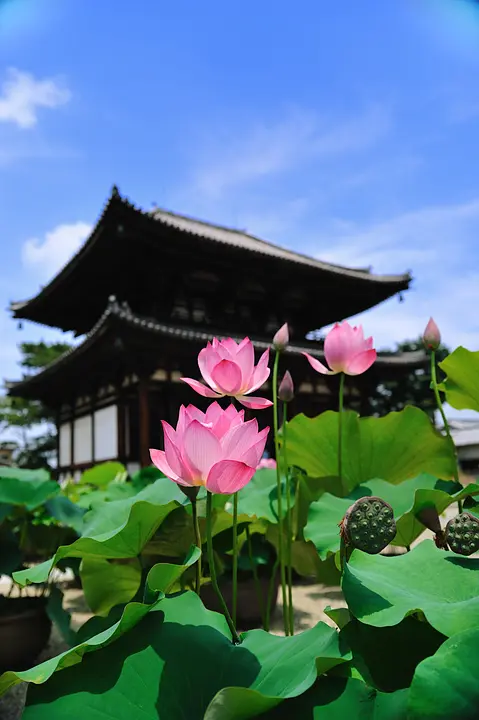
Kikou-ji Temple
This temple was founded by the bodhisattva Gyōki in 721, and he based all of his activities here until he entered nirvana. Gyōki bodhisattva was involved in the construction of the daibutsu-den, or the Great Buddha Hall of Tōdai-ji, and legend has it that he used the hondō, or main hall, of Kikō-ji as his reference. As a result, it is also called “the trial of the Great Buddha Hall.” In the summer, beautiful lotuses in full bloom bring gorgeous colors to the grounds.
Toshodaiji Temple - Kondō (Golden Hall or main hall)
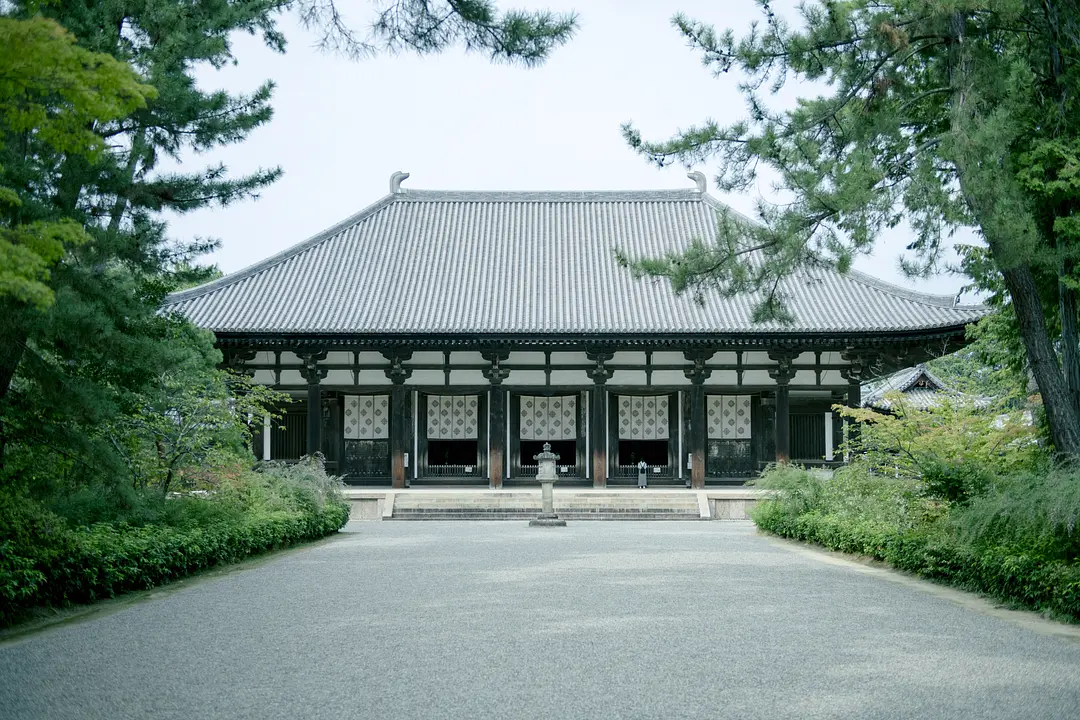
Toshodaiji Temple - Kondō (Golden Hall or main hall)
The Kondō (Golden Hall or main hall) is a classic building whose appearance has remained the same since the second half of the 8th century, when Toshodaiji Temple was established. The façade is seven ken* (approximately 4.7 meters in the center, narrowing to 3.3 meters at each end), the hipped roof is 4 ken from front to back with 1 ken of open-air space in the front, and three-step bracket complexes called mitesaki, support the eaves, all of which reveals the era in which it was constructed. Inside the hall is the principle object of worship, the seated statue of the buddha Birushana (Vairocana) in the middle. A standing statue of Yakushi Nyorai (Bhaisajyaguru) is on its right and a standing statue of the Thousand-armed Kannon (Avalokitesvara bodhisattva) is on its left. (All are National Treasures.) *ken: Japanese measurement of 1 ken = approximately 1.82 meters or 6.58 feet.
Yakushiji Temple - Dai Kōdō Great Lecture Hall
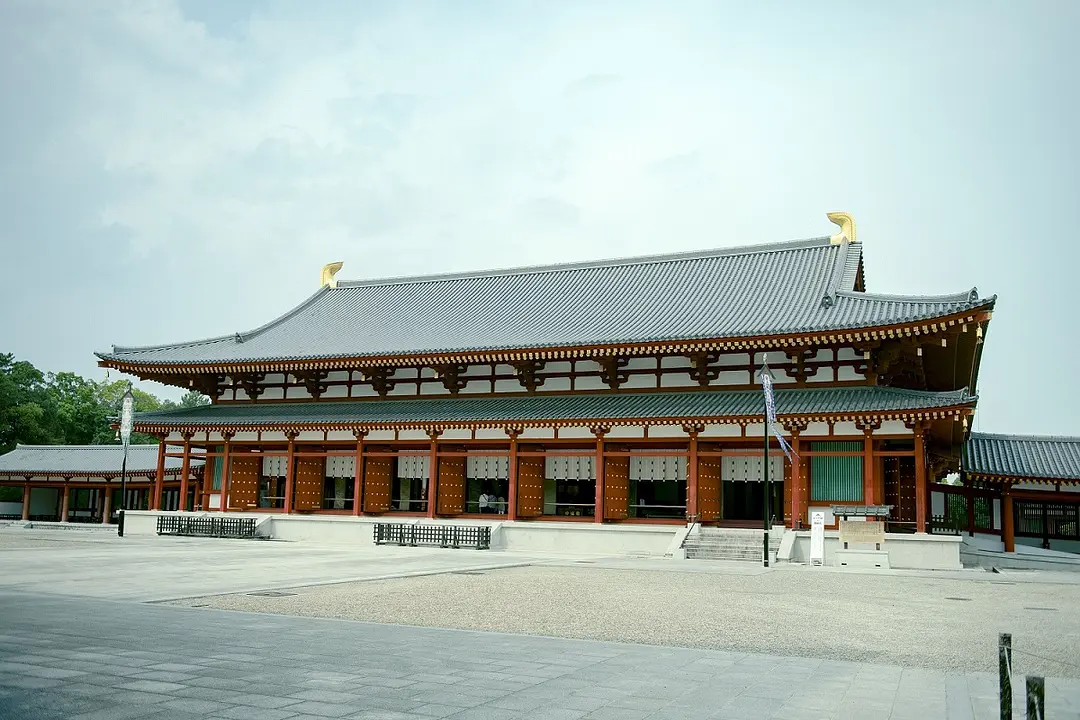
Yakushiji Temple - Dai Kōdō Great Lecture Hall
The Dai Kōdō Great Lecture Hall is the largest structure in the temple, measuring 41m wide, 20m deep, and standing 17m tall. It is said that monks, independent from which sects they belonged, used to gather at the Great Lecture Hall and hold Buddhist sermons to study the sutras. The statues of the Miroku (Maitreya) Triad (Important Cultural Property) and Bussoku-seki (Footprint of the Buddha) (National Treasure) are housed here. Miroku Nyorai (Maitreya) is said to be the buddha that preached the precepts of the Hossō sect, therefore, it composes a picture of the monks studying the teachings of this sect in front of the grand teacher.